By Darren Johnson
Campus News
When COVID-19 first hit earlier this year, the initial thought was that, this fall, community colleges would see a boom in enrollment.
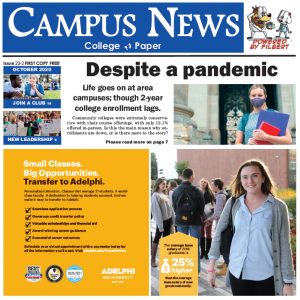
The feeling was, with four-year colleges being far more expensive, and, with the pandemic, the “college experience” being co-opted, students would just stay close to home, save a few dollars and get their credits at a two-year school. After all, the credits will eventually transfer to the four-year college, once there’s an “all clear.”
However, that didn’t happen at all.
At the Sept. 15 meeting of the SUNY Board of Trustees, assessment numbers presented paint a much different picture, and, as I’ve called various community college communications directors, the reaction is disappointment and a bit of concern. Some directors note that their community colleges are adding “late start” classes, which begin this month and may improve their numbers, but, overall, it looks like the typical SUNY community college will see double-digital losses comparing Fall 2019 to 2020. Staff furloughs are already happening.
Herkimer County Community College, which I profiled in our September issue, is one of only three SUNY community colleges (out of 30) with positive numbers. They lead the pack with an 8.2% rise. In my article, HCCC officials noted how they bolstered their already robust online offerings, kept dorms open and aggressively recruited from New York City to help their numbers. They noted that they wanted to maintain “the college experience” for students.
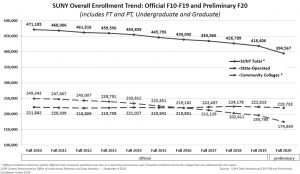
And, thus, is perhaps why other community colleges aren’t faring as well. While, initially, community colleges were thought to be a good alternative to four-year colleges, the four-year colleges mostly had announced that they would be “live” this fall, while community colleges took a very conservative approach, announcing they would be mostly virtual, despite that community colleges don’t have the same risks as four-year colleges – SUNY community colleges have no big-time spectator sports, few (if any) massive parties and limited (if any) dorm space.
Nassau Community College (pictured), one of the largest two-year colleges in the SUNY system and one racked by numerous leadership changes in recent years, is projected to be down over 20%, comparing this year to last. At the meeting, 10-year numbers were also looked at, and NCC is down over 45% the past 10 years, so the downward trend had begun before all this. Nassau is also having trouble attracting new students, down 29% comparing Fall 2019 to now.
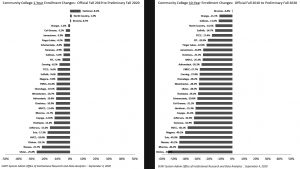
Community colleges were extremely conservative with their course offerings, with only 12.1% offered in-person. SUNY four-year colleges offered between 17.6% to 32.1% of classes in-person and 12.6% to 22.2% hybrid (a combination of in-person and online), while community colleges only offered 12.6% of courses in hybrid mode. Over 75% of community college courses were completely online, despite that it's widely known that community college students have less access to technology and other essentials. This compares to 55% to 57% at SUNY four-year technical and comprehensive colleges.
Overall, SUNY four-year colleges have only dropped from 222,000 to 220,000 students over the past decade, while community colleges have dropped from 249,000 to 175,000 students, lowering the system's overall numbers significantly.
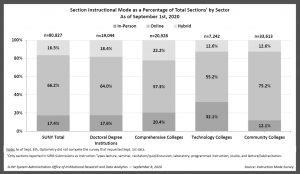
As for the losses this year, college officials say that, yes, when times are tough, normally community college enrollment does well – but this year is different. Students are in a bleaker situation than usual, and the future is far more uncertain.



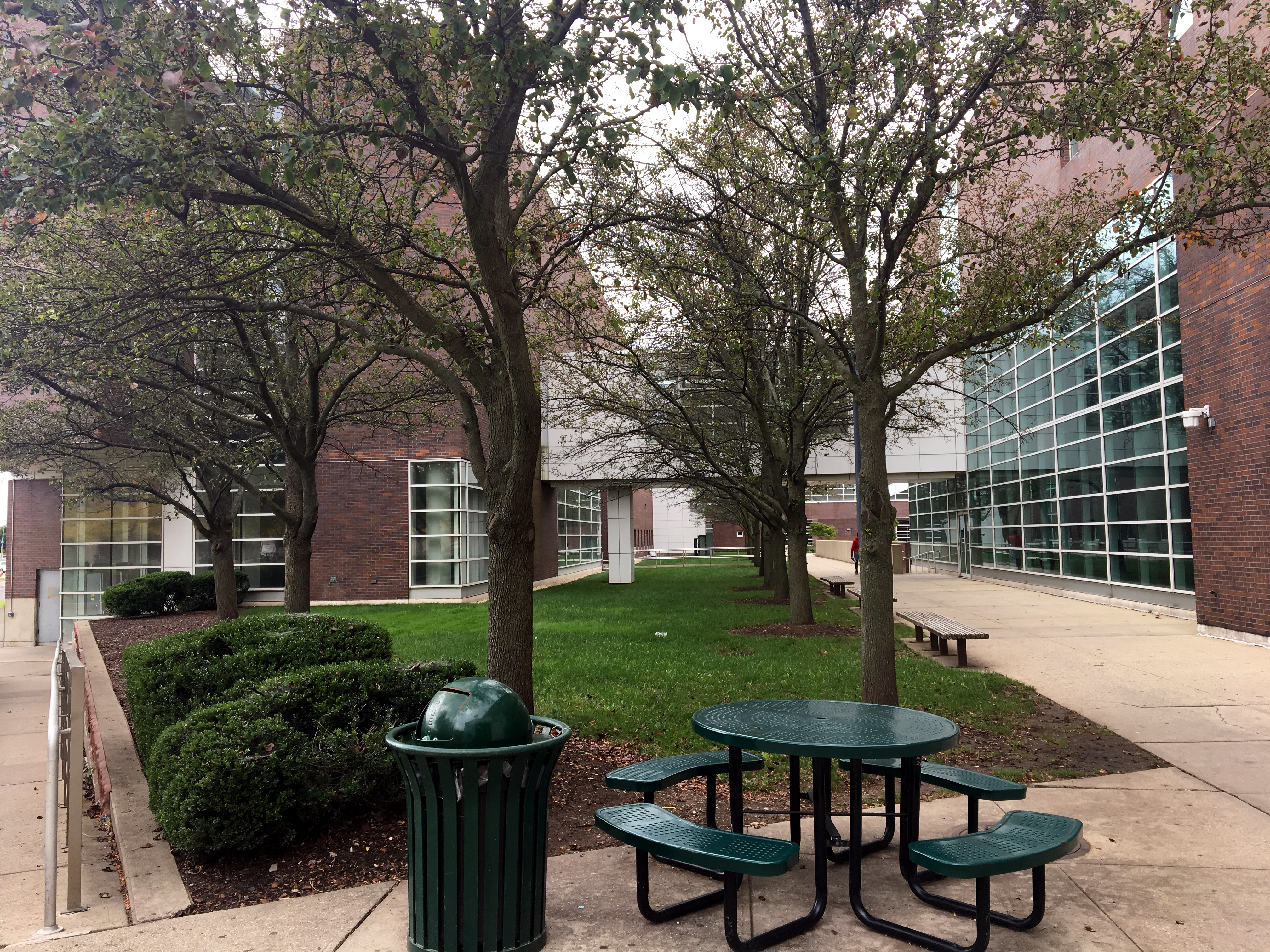
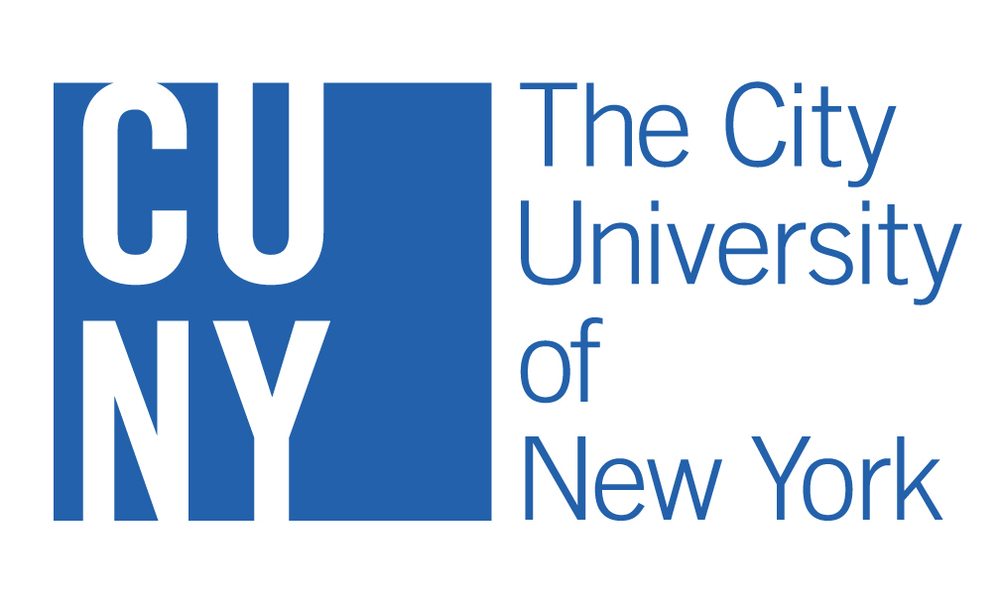
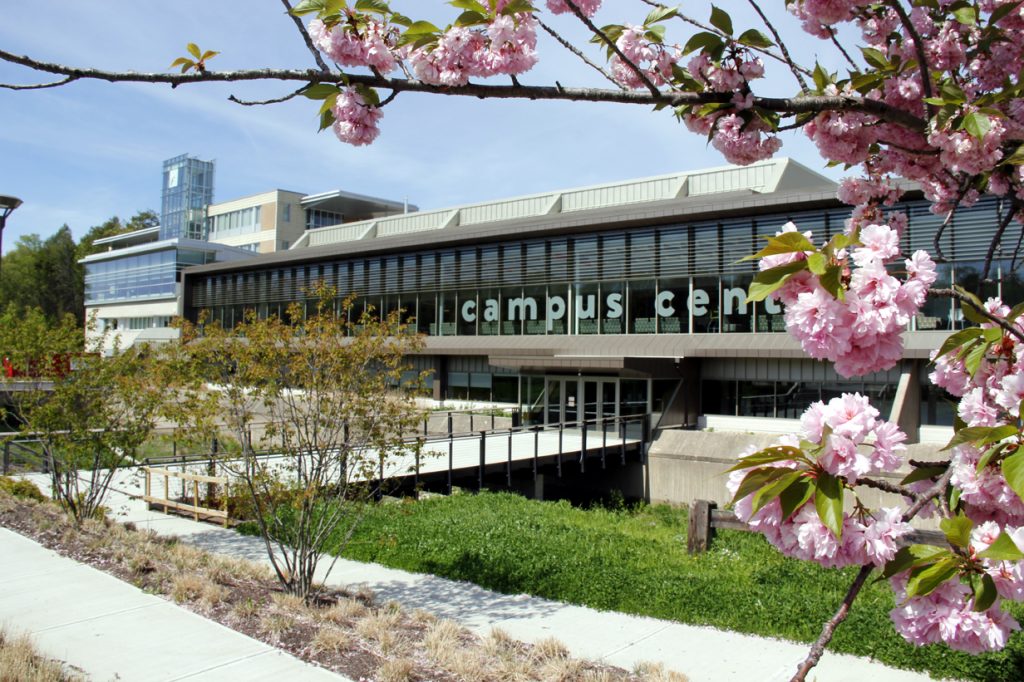

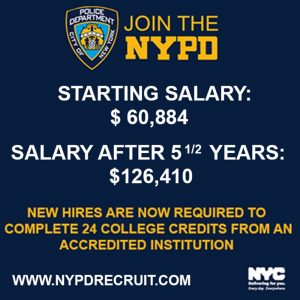
Facebook Comments